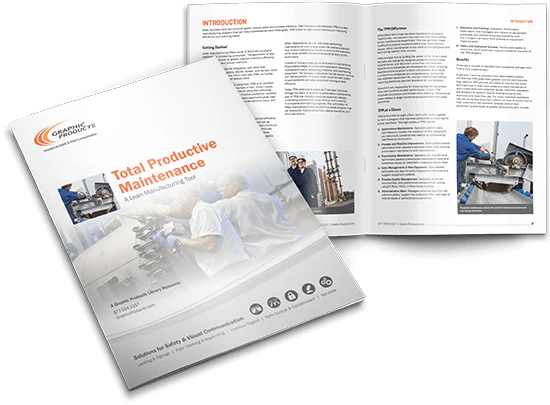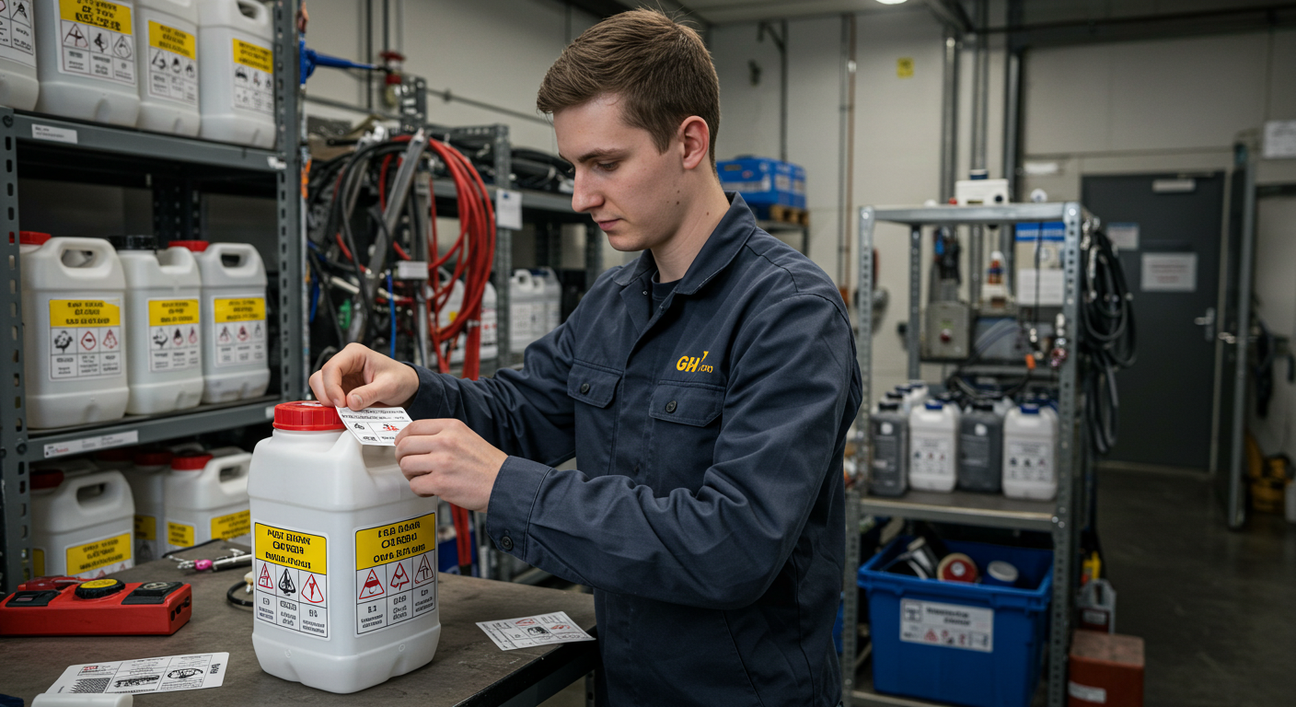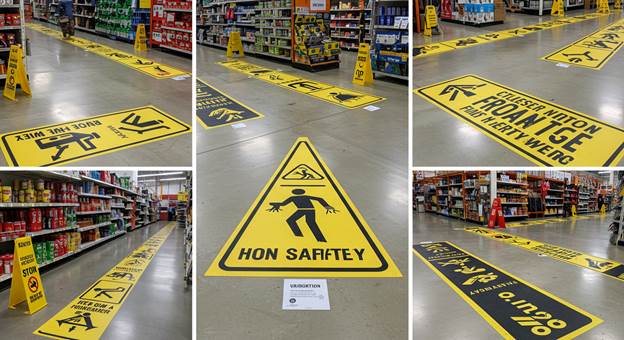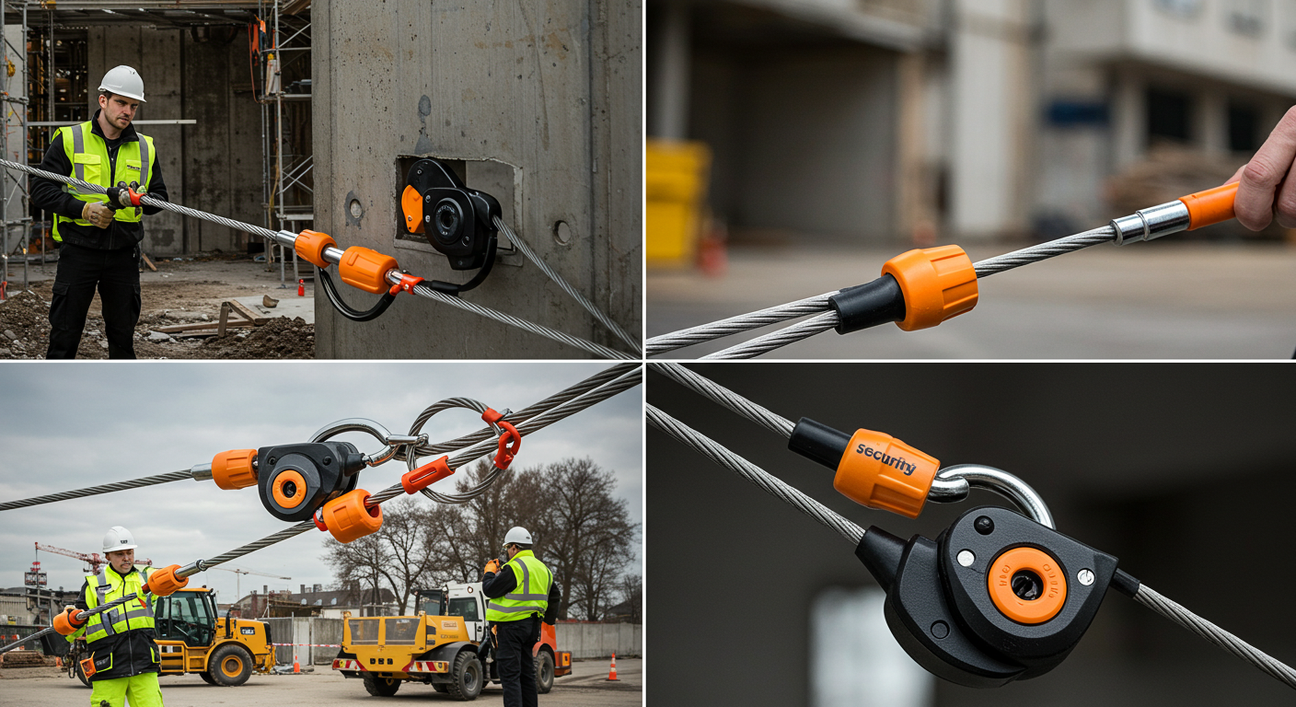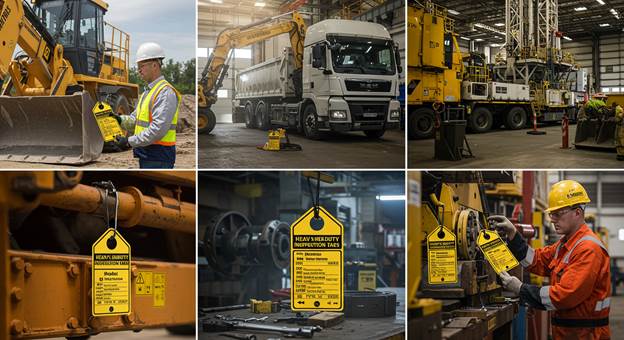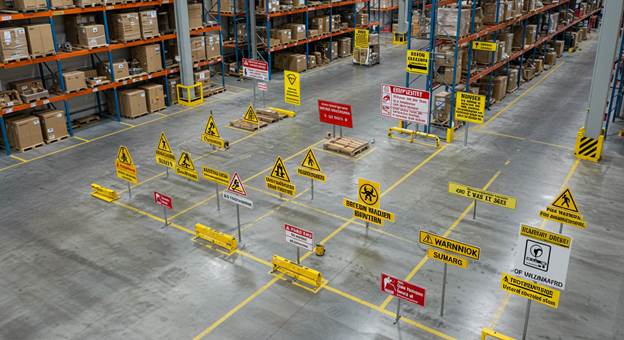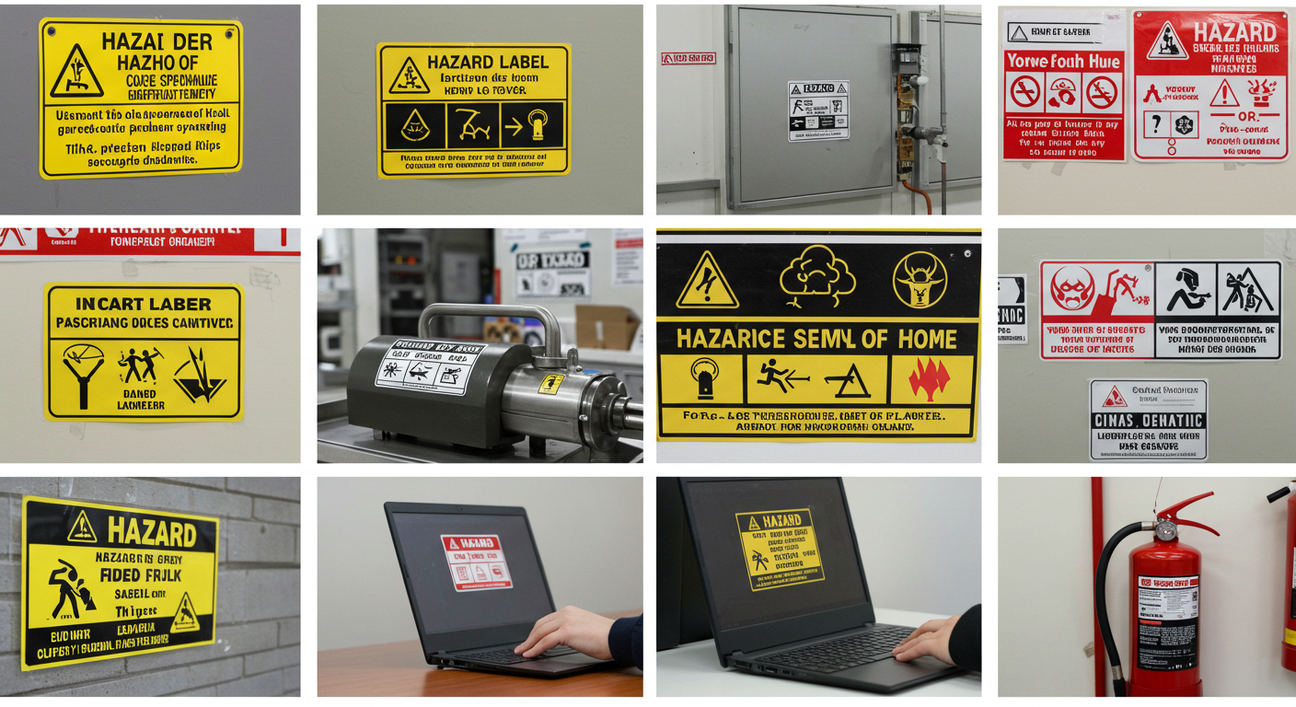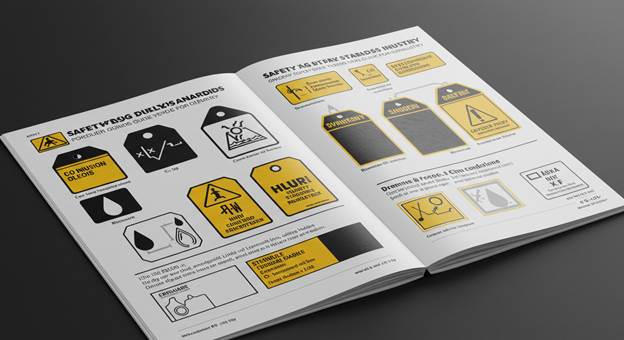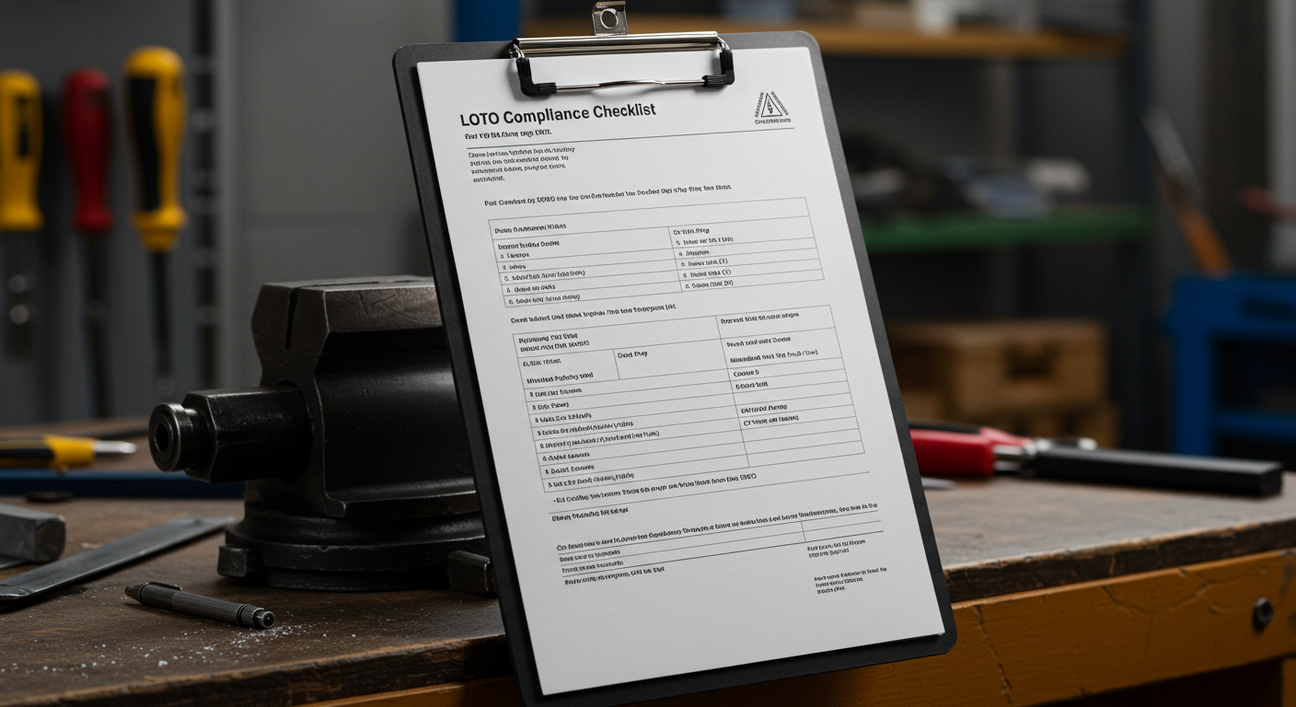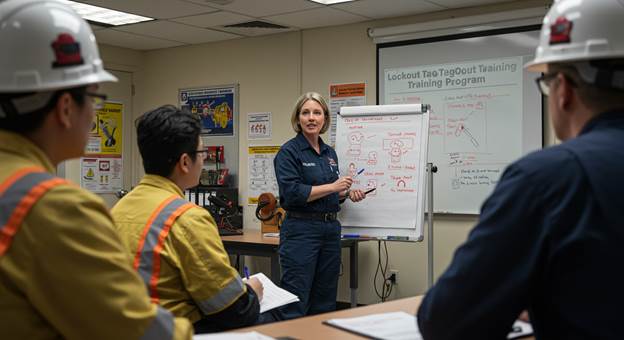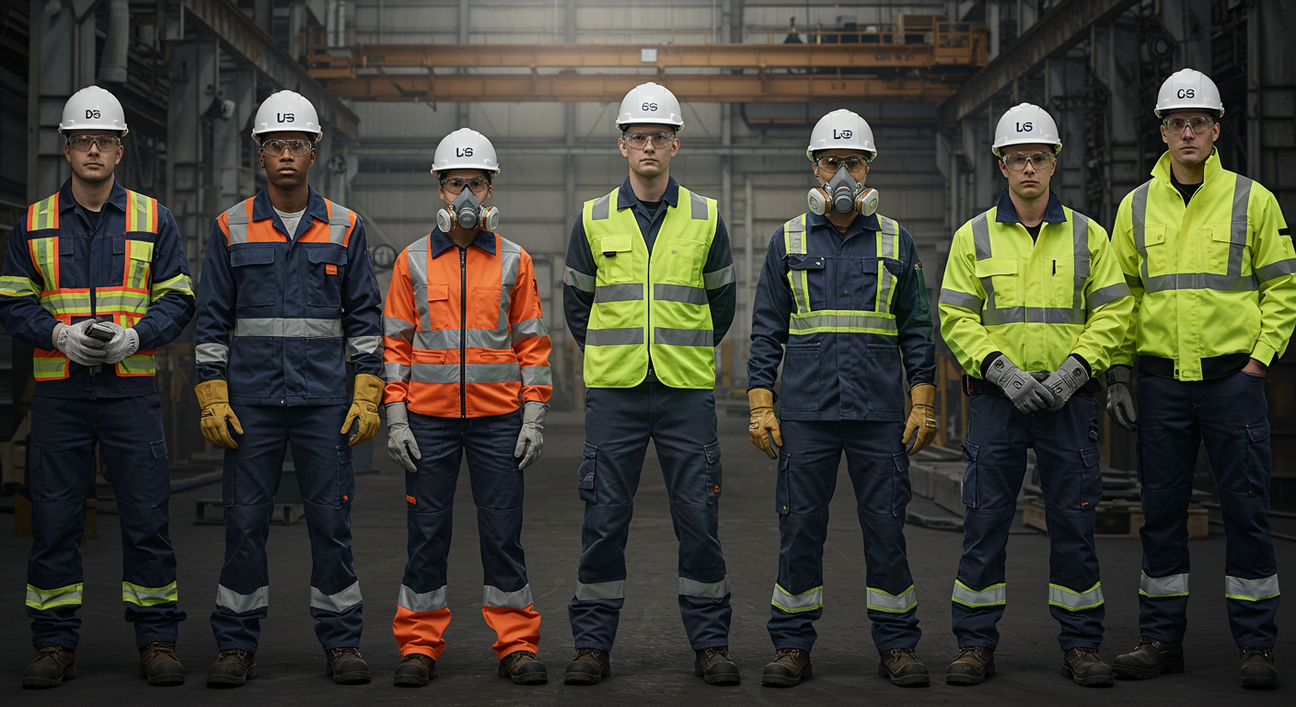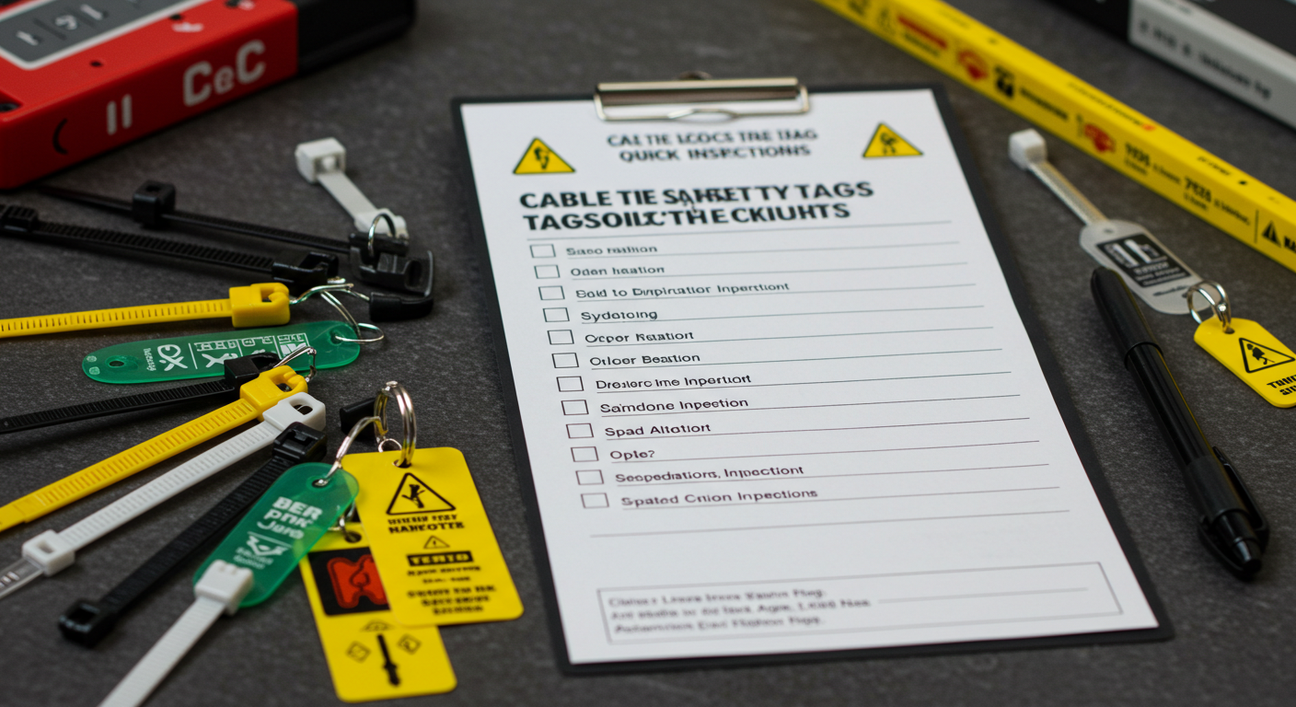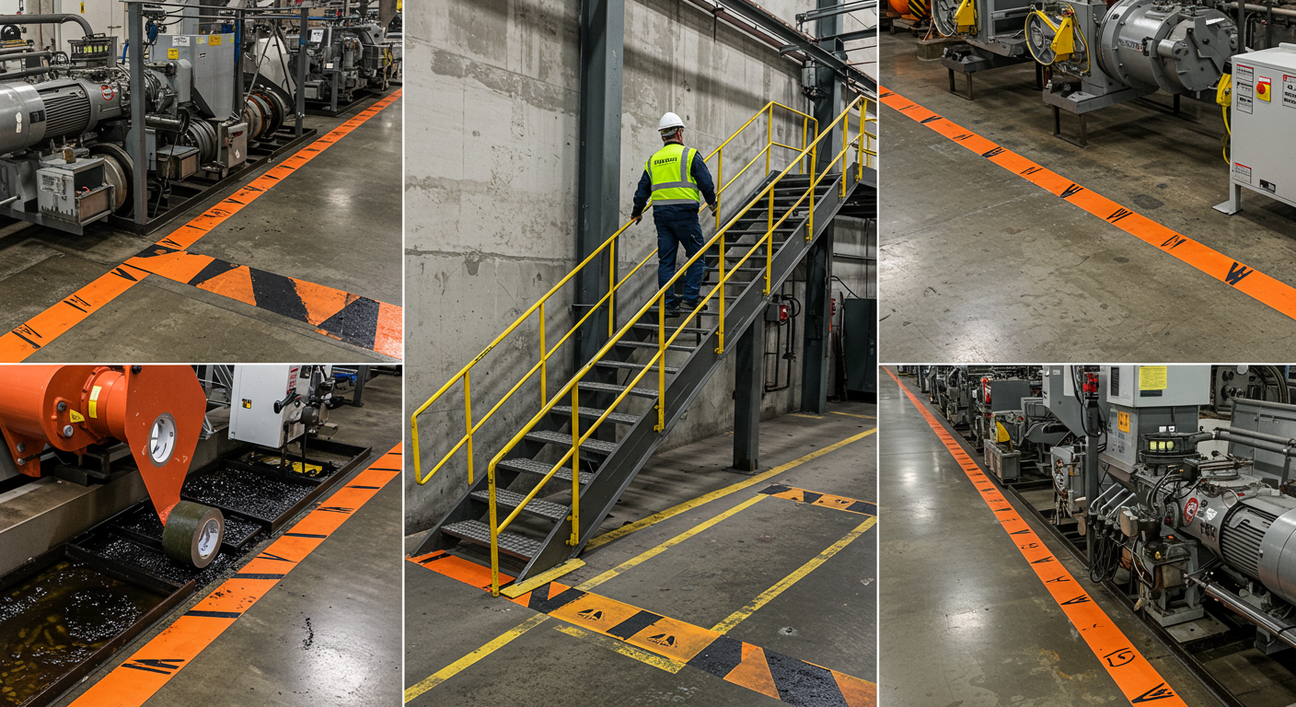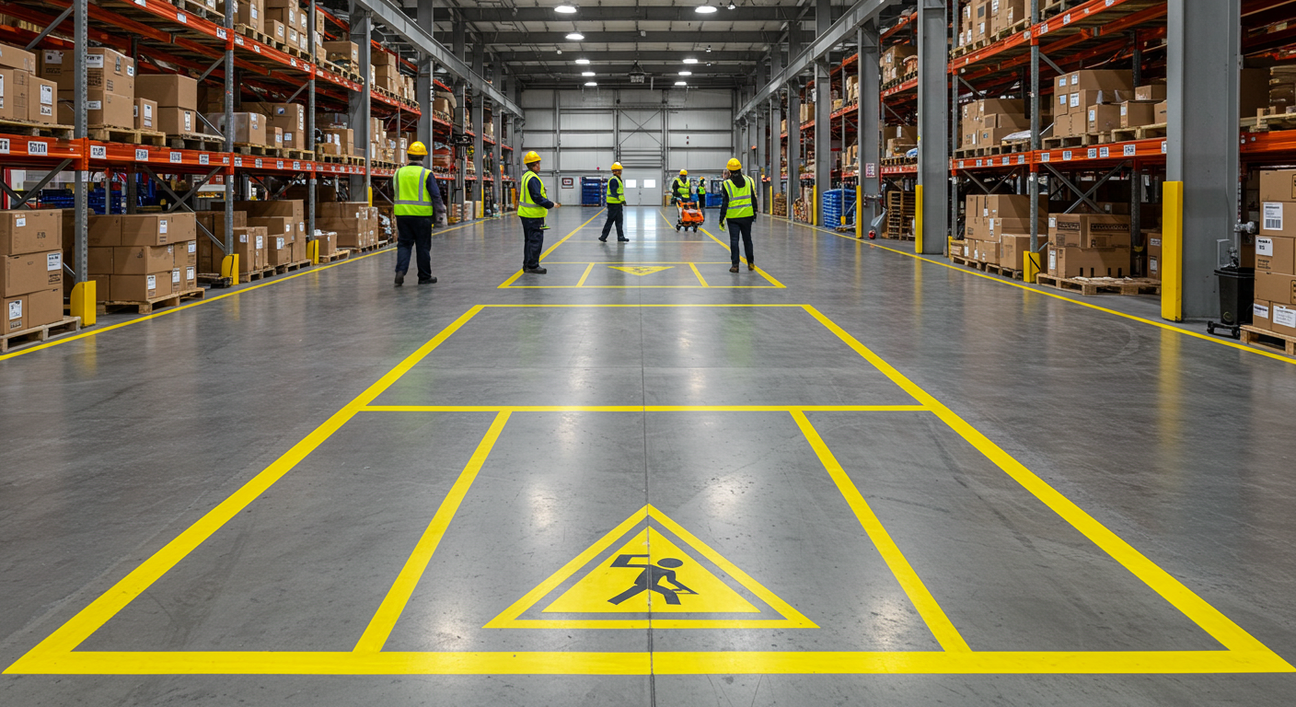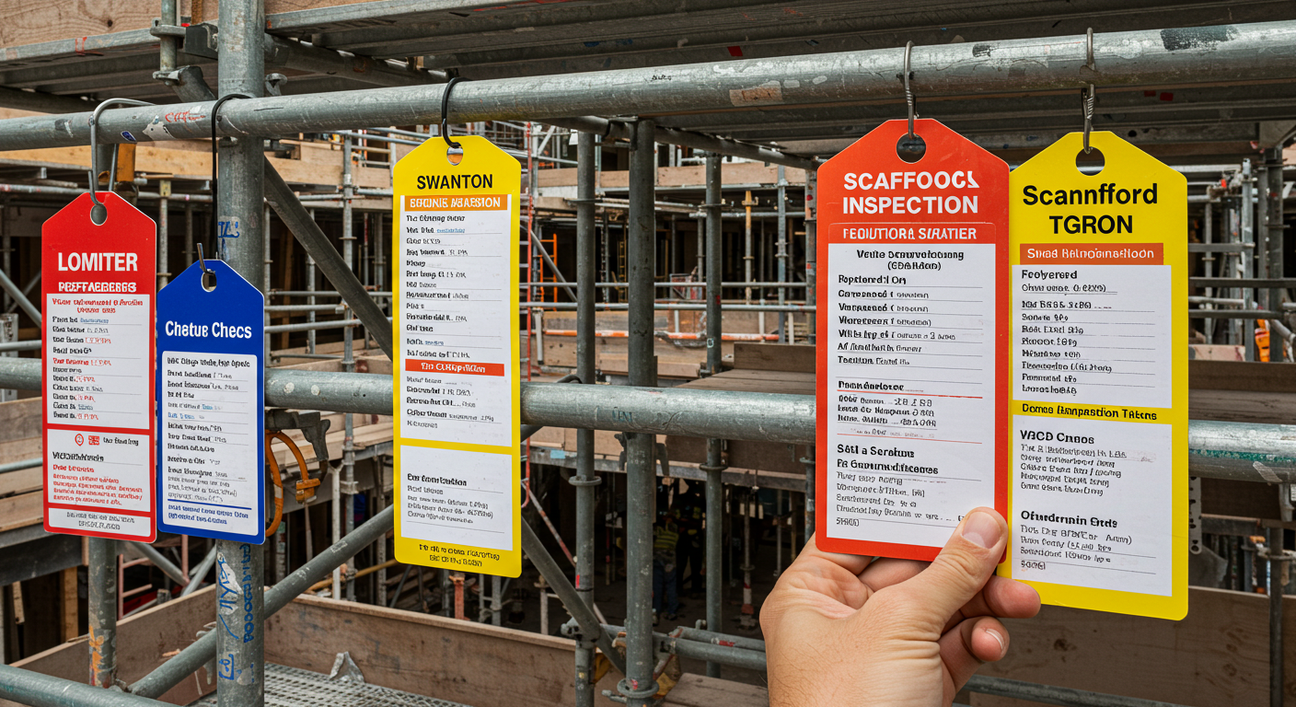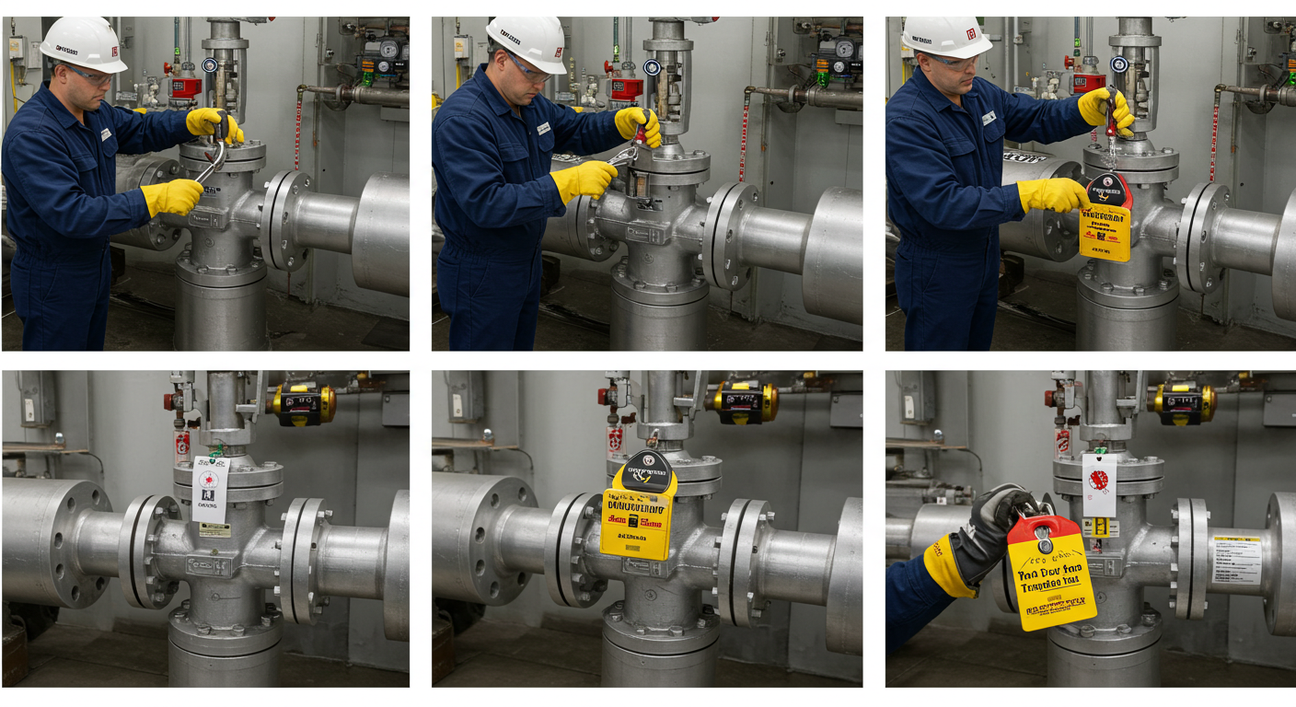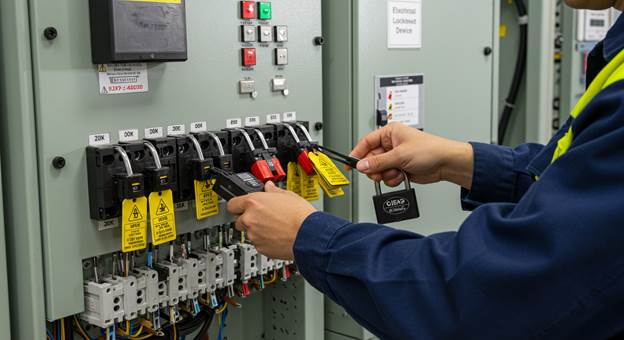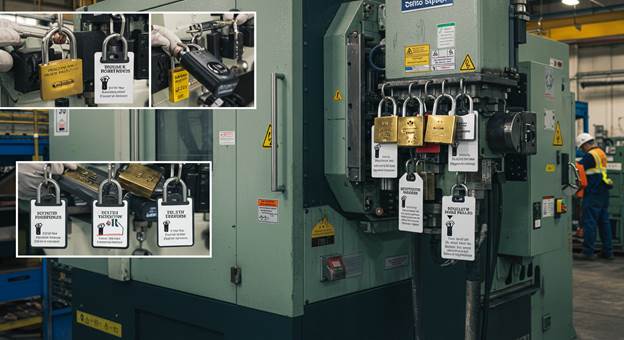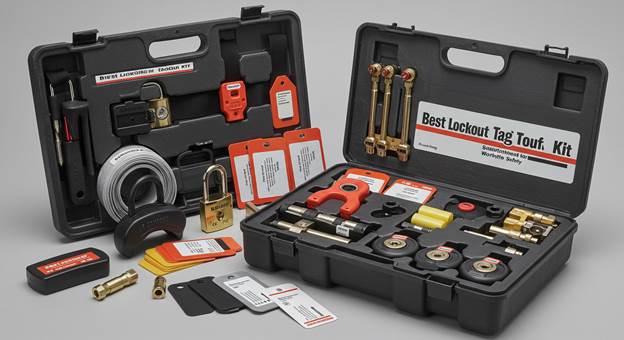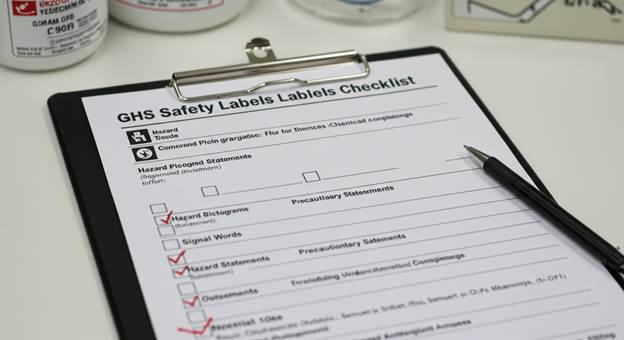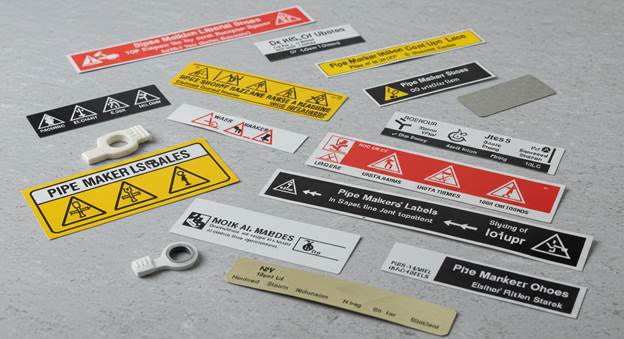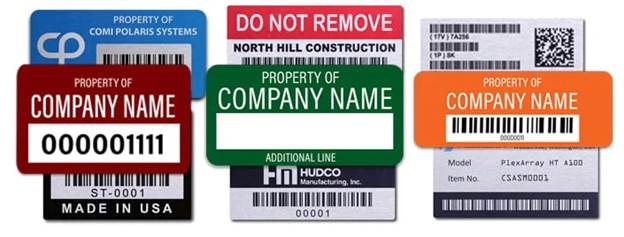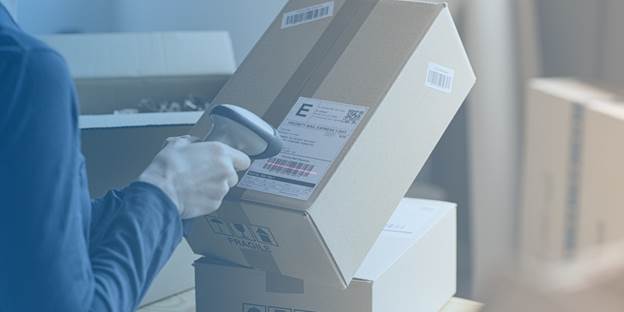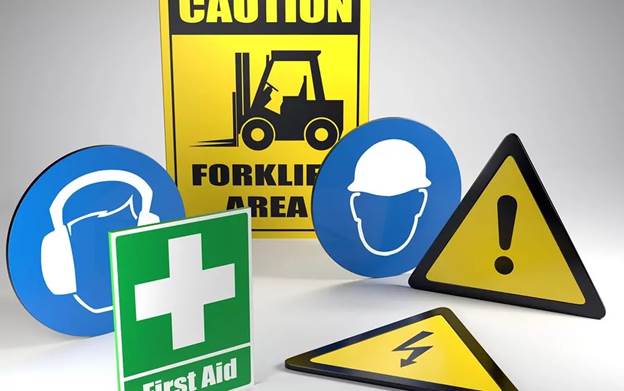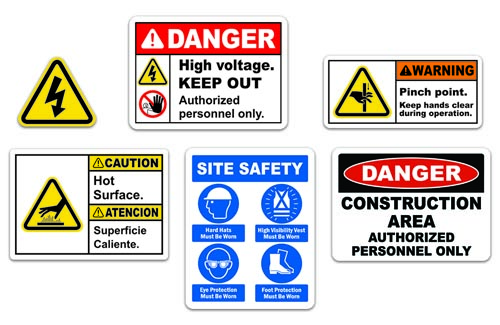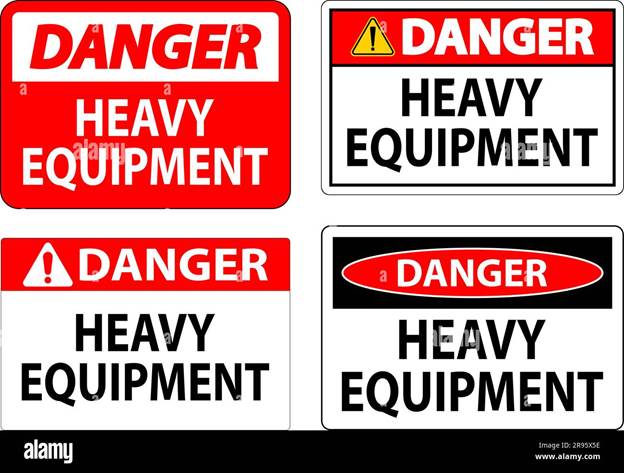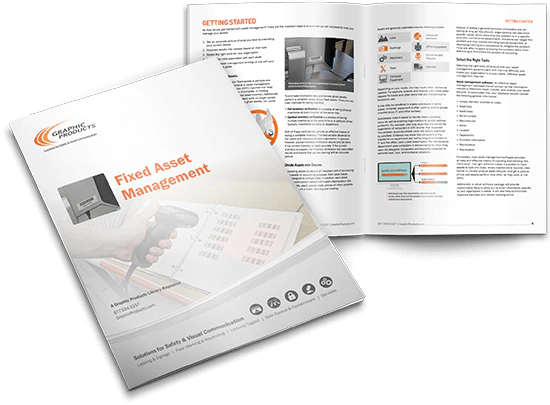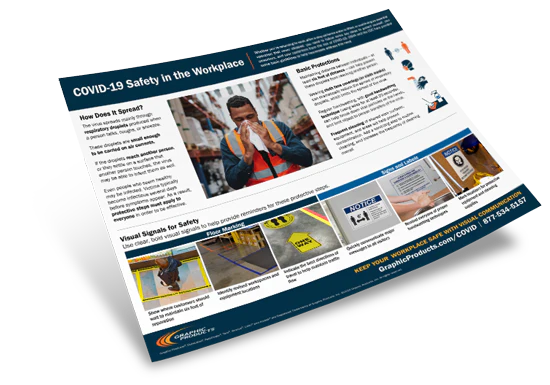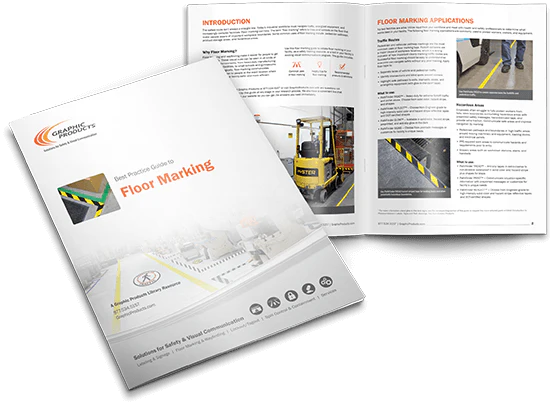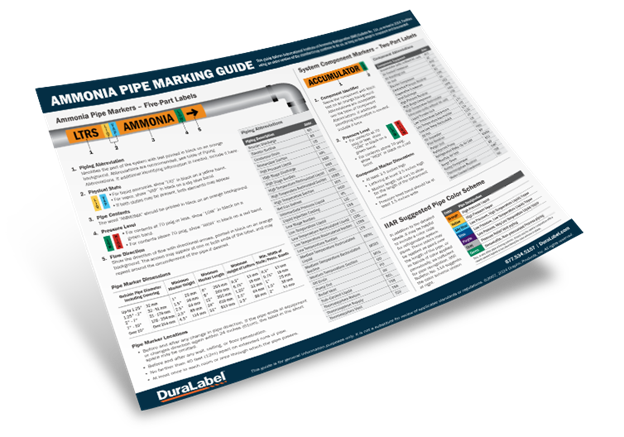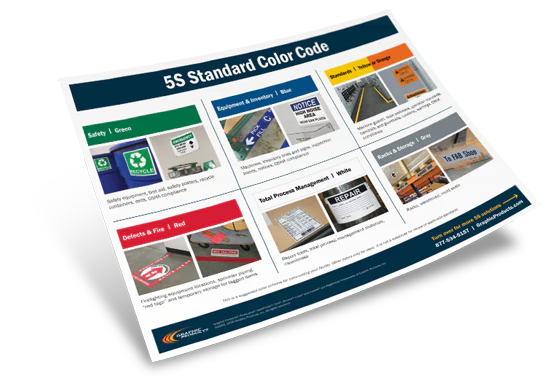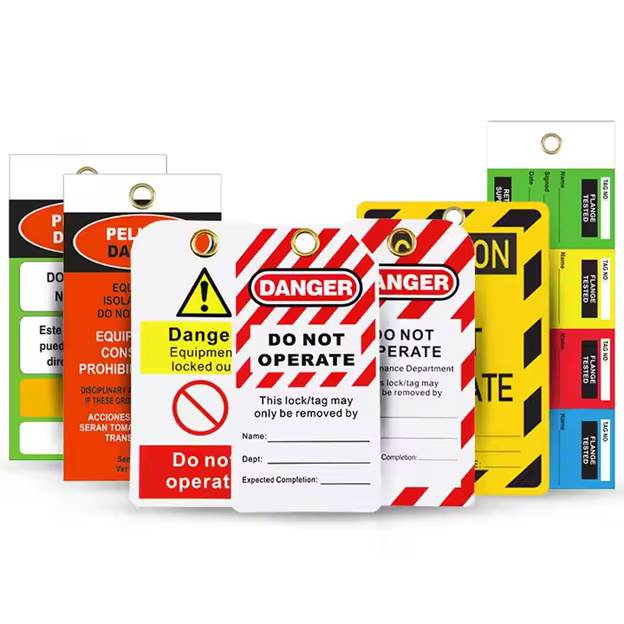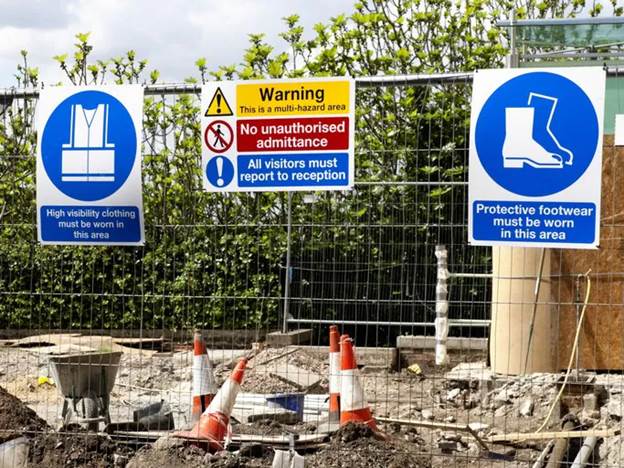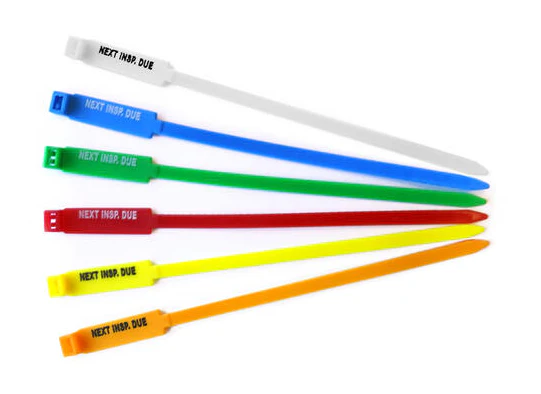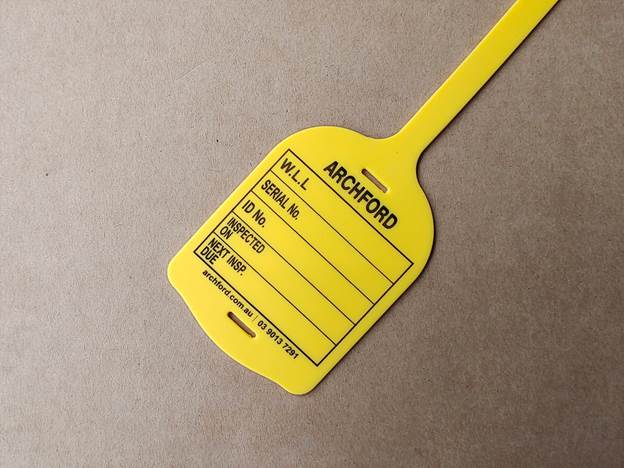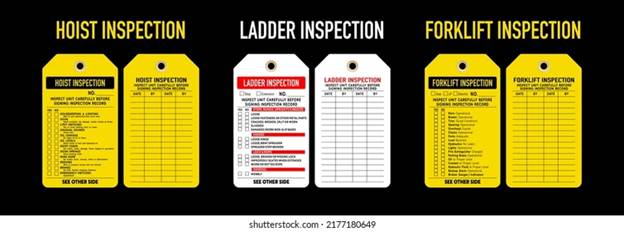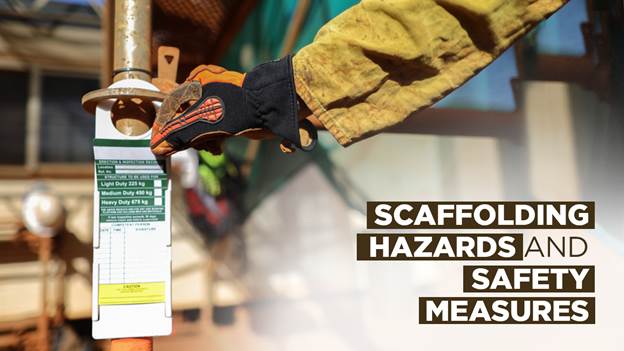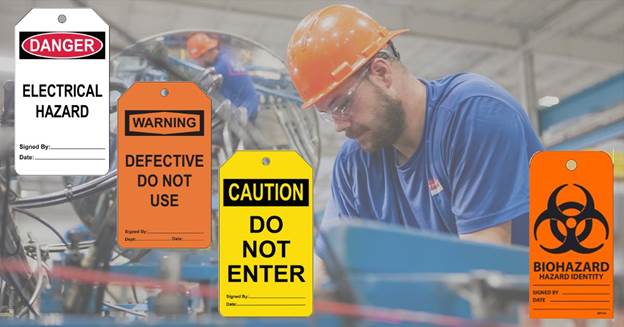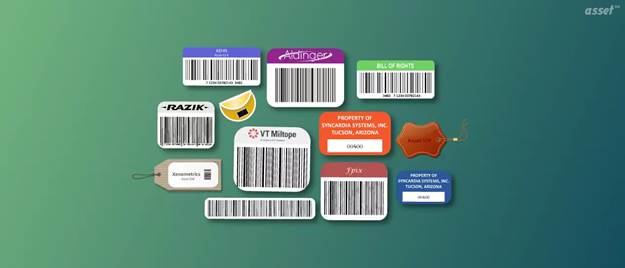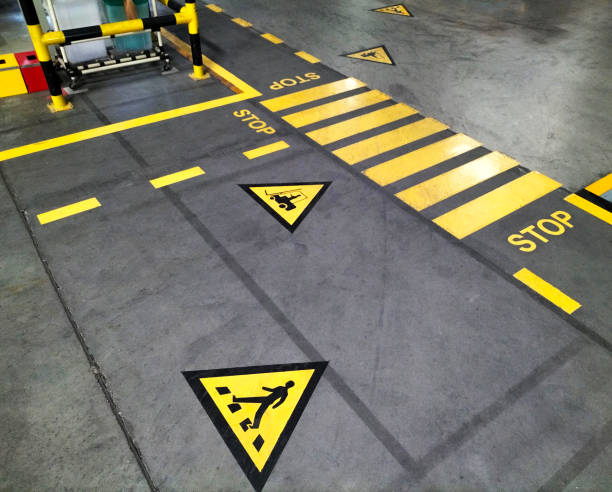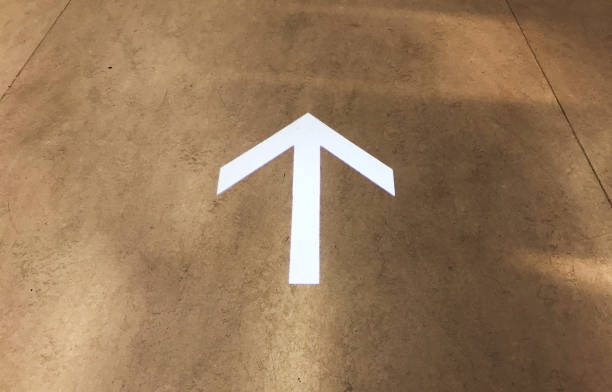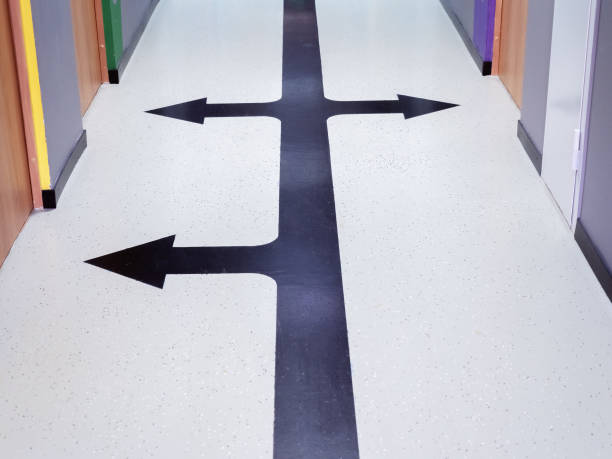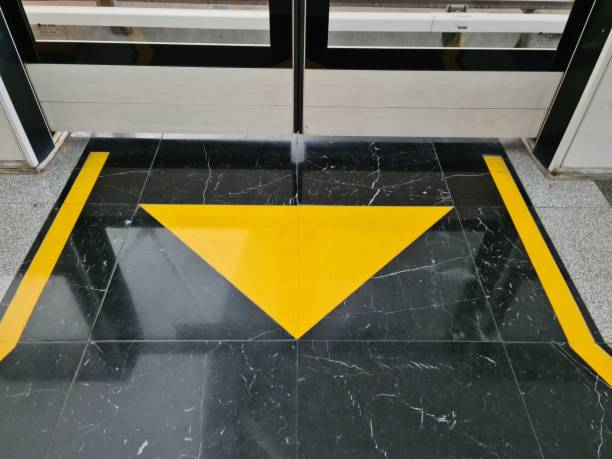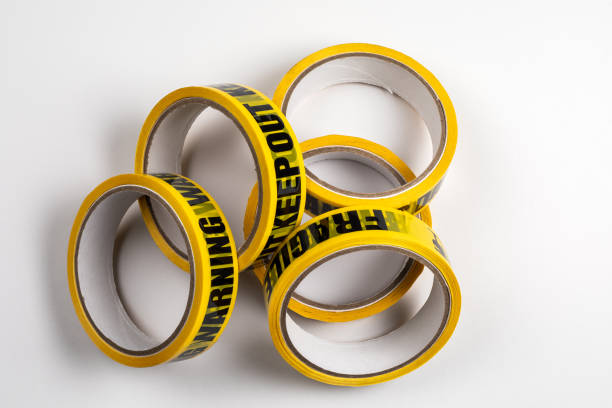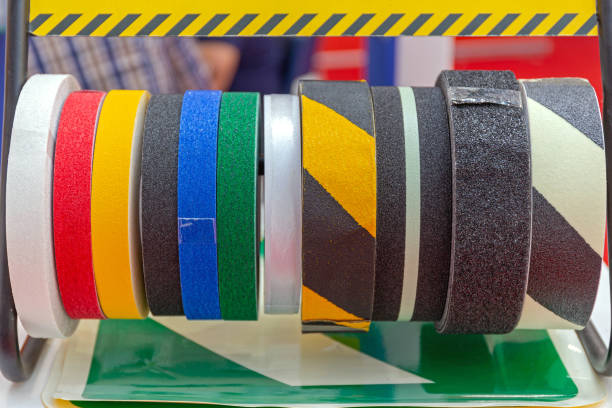Total Productive Maintenance Guide for Success
In today's competitive industrial landscape, maximizing equipment efficiency and minimizing downtime are paramount. Total Productive Maintenance (TPM) emerges as a comprehensive approach that not only enhances machinery reliability but also fosters a culture of continuous improvement. This guide delves into the essentials of TPM, offering insights into its pillars, implementation strategies, and the pivotal role of companies like Archford in facilitating this transformative journey.
Introduction to Total Productive Maintenance
Total Productive Maintenance (TPM) is a holistic approach to equipment maintenance that aims to achieve perfect production: zero defects, zero breakdowns, and zero accidents. Originating from Japan, TPM emphasizes proactive and preventive maintenance to maximize the operational efficiency of equipment. Unlike traditional maintenance practices that often involve reactive responses to equipment failures, TPM integrates maintenance into daily operations, involving all employees from top management to frontline workers.
The core philosophy of TPM is to empower operators to take ownership of their equipment, ensuring that maintenance becomes a shared responsibility. This collaborative approach not only enhances equipment reliability but also promotes a sense of accountability and pride among employees.
The Eight Pillars of TPM
The TPM framework is built upon eight foundational pillars, each targeting specific areas of improvement:
-
Autonomous Maintenance: Empowering operators to perform routine maintenance tasks, such as cleaning, lubricating, and inspecting equipment. This proactive approach enhances machinery understanding, early detection of issues, safety, and promotes efficiency.
-
Planned Maintenance: Scheduling maintenance activities based on predicted and measured failure rates to prevent unexpected breakdowns.
-
Quality Maintenance: Focusing on eliminating defects by identifying and addressing root causes of quality issues.
-
Focused Improvement: Encouraging cross-functional teams to identify and eliminate losses through continuous improvement initiatives.
-
Early Equipment Management: Integrating maintenance considerations into the design and installation of new equipment to ensure optimal performance from the outset.
-
Training and Education: Developing a skilled workforce through ongoing training programs that enhance technical and problem-solving abilities.
-
Safety, Health, and Environment: Ensuring a safe and healthy work environment by proactively addressing potential hazards and promoting environmental sustainability.
-
Administrative and Office TPM: Applying TPM principles to administrative functions to improve efficiency and eliminate waste in office processes.
By systematically implementing these pillars, organizations can achieve significant improvements in equipment reliability, product quality, and overall operational efficiency.
Benefits of Implementing TPM
Adopting TPM offers a multitude of benefits that extend beyond equipment maintenance:
-
Increased Equipment Availability: Proactive maintenance reduces unplanned downtime, ensuring that machines are available when needed.
-
Enhanced Product Quality: By addressing equipment-related quality issues, TPM contributes to consistent and high-quality outputs.
-
Improved Employee Morale: Involving employees in maintenance activities fosters a sense of ownership and engagement.
-
Cost Reduction: Preventing breakdowns and defects leads to significant savings in repair costs and waste reduction.
-
Safety Improvements: Regular maintenance and hazard identification contribute to a safer working environment.
These benefits collectively enhance an organization's competitiveness and resilience in the face of operational challenges.
Steps to Implement TPM in Your Facility
Implementing TPM requires a structured approach:
-
Top Management Commitment: Leadership must demonstrate a clear commitment to TPM principles and allocate necessary resources.
-
Awareness and Training: Educate all employees about TPM concepts and the importance of their roles in the process.
-
Establish TPM Committees: Form cross-functional teams to oversee the implementation and continuous improvement efforts.
-
Baseline Assessment: Evaluate current equipment performance and maintenance practices to identify areas for improvement.
-
Develop a TPM Implementation Plan: Set clear objectives, timelines, and responsibilities for each phase of the implementation.
-
Pilot Projects: Start with a pilot area to test TPM practices, gather feedback, and make necessary adjustments.
-
Full-Scale Implementation: Gradually expand TPM practices across the organization, ensuring consistency and sustainability.
-
Continuous Improvement: Regularly review performance metrics, solicit feedback, and refine processes to drive ongoing enhancements.
Throughout this journey, it's crucial to maintain open communication, celebrate successes, and address challenges proactively.
Common Challenges and Solutions
Implementing TPM can present several challenges:
-
Resistance to Change: Employees may be hesitant to adopt new responsibilities. Address this by involving them in decision-making and highlighting the benefits of TPM.
-
Resource Constraints: Limited time and budget can hinder implementation. Prioritize initiatives based on impact and seek incremental improvements.
-
Lack of Training: Insufficient knowledge can impede progress. Invest in comprehensive training programs to build necessary skills.
-
Sustaining Momentum: Maintaining enthusiasm over time can be challenging. Regularly communicate achievements and recognize contributions to keep morale high.
By anticipating these obstacles and developing strategic responses, organizations can navigate the TPM implementation process more effectively.
Archford's Role in Supporting TPM
Implementing TPM is a significant undertaking, and having the right tools and resources is essential. Archford, a leading provider of industrial safety solutions, offers a comprehensive Total Productive Maintenance Guide designed to assist organizations in their TPM journey.
This free guide provides practical insights into TPM principles, step-by-step implementation strategies, and checklists to monitor progress. Additionally, Archford supplies a range of products, including labeling systems, safety signs, and maintenance tools, to support the physical aspects of TPM.
By leveraging Archford's expertise and resources, organizations can streamline their TPM initiatives, ensuring a smoother transition and sustained success.
Explore More: Essential Guides for Workplace Efficiency and Safety
|
Guide |
|
|
5S Colour Code Chart: Visual Standards for Safety |
|
|
Ammonia Pipe Marking Chart: Identification & Safety |
|
|
Floor Marking Guide: Organize Your Facility Clearly |
|
|
Fixed Asset Management Guide: Track & Maintain Assets |
|
|
Social Distancing Reference Guide: Workplace Safety |
|
|
Facility Visual Communication Checklist Guide: Ensure Compliance |
|
|
Total Productive Maintenance Guide: Boost Efficiency |
Conclusion
Total Productive Maintenance is more than a maintenance strategy; it's a cultural shift towards proactive engagement, continuous improvement, and shared responsibility. By embracing TPM, organizations can unlock new levels of efficiency, quality, and employee satisfaction. With the support of comprehensive resources like Archford's Total Productive Maintenance Guide, the path to operational excellence becomes clearer and more attainable.
FAQs
1. What is the difference between TPM and traditional maintenance?
Traditional maintenance often involves reactive measures, addressing issues after they occur. TPM, on the other hand, emphasizes proactive and preventive maintenance, aiming to prevent issues before they arise.
2. How can I start implementing TPM in my organization?
Begin by educating your team about TPM principles, identifying critical equipment, and developing a preventive maintenance plan. Gradually involve all employees in the process to foster a culture of continuous improvement.
3. What role does leadership play in TPM implementation?
Leadership commitment is crucial in TPM implementation. Leaders should provide resources, support training initiatives, and actively participate in TPM activities to demonstrate their commitment.
4. Can small businesses benefit from TPM?
Absolutely. TPM principles can be scaled to fit organizations of all sizes. Small businesses can start with simple initiatives and expand their TPM efforts as they grow.
5. How can Archford assist in TPM implementation?
Archford offers a comprehensive Total Productive Maintenance Guide, along with tools and resources to support your TPM journey. Their expertise can help tailor TPM strategies to your specific needs.

